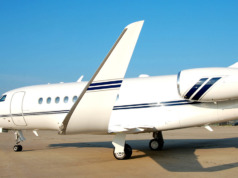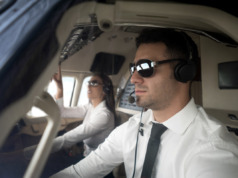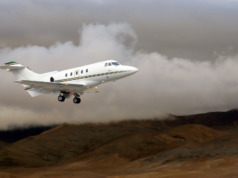Professional pilots must eat well, exercise regularly, sleep well, and, to ensure optimal safety, work for an air carrier that provides a reasonable schedule allowing them to get that needed high-quality rest (See: “Good Nights Equal Safe Flights,” BAA May/June 2015).
For years, Federal Aviation Regulations (FARs) have defined how air carriers schedule crews. There are limitations on flight time, days off per year, time on duty, and the all-important concept of “prospective rest”: that is, time off, undisturbed and long enough to get a solid eight hours of sleep. Through the FARs and countless legal interpretations from FAA headquarters, pilots cannot be on call, on standby, or required to perform any duties for an operator during their assigned, known-in-advance rest period. There are two, and only two, states of being for commercial pilots: duty or rest.
Yet, industry insiders know that a significant portion of operators do have pilots in an illegal “not duty/not rest” state of limbo. It even has a name: rolling rest. It’s become a logical fallacy that because it’s so common, and it goes legally unchecked so often, that it’s OK.
According to the National Transportation Safety Board, fatigue is the cause of or a contributing factor to 20% of aviation accidents. “Pilots and other aviation safety-critical personnel may not recognize the effects of fatigue until it’s too late,” it reports. In fatal accidents, investigators cannot go back and ask the flight crew how tired they were, and even if they could, personal assessments of fatigue often are inaccurate. Fatigue and its dangerous impacts may go unreported.
While the FARs state that flight crew members must have ten hours of prospective rest to fly passengers, there is no explicit requirement in Part 135.63 (Record Keeping Requirements) for operators to keep records of their duty and rest (and when each was assigned), only for flight time. This lack of reporting makes it extremely difficult to police bad operators who are not compliant with the rest requirement and, as a result, it appears that presently there is inadequate enforcement of the law.
Just how common is this illegal practice among charter operators? In a recent informal survey of more than 130 pilots currently flying for Part 135 operations, 43% reported that they do not receive scheduled, assigned rest before a flight. Nearly 60% admitted having flown for a carrier that previously has knowingly operated an illegal rolling-rest policy.
Data like these put the onus on you to do proper research on your air carriers and how they assign crew members. Providing scenarios like, “If I need a flight at 6 am, can you do that?” and then asking how the operator assigns rest can clue you in as to how seriously the company takes fatigue. An operator running a 24-hour availability schedule needs to staff at least two crew (four pilots for an aircraft flown with a Captain and Copilot) for a single aircraft, if not more. Crews are required by regulation to have at least ten hours of assigned rest, and their duty time is limited to fourteen hours in a shift. Crew-per-plane ratios offer great insight on how policy translates to operational reality.
Operators that are proud of their crew scheduling policies will jump at the opportunity to share how they manage fatigue and crew rest. If you are using a broker to book your flights, ask how they are vetting their operators for duty and rest compliance.
Both you and your flight crew deserve a higher standard of care than many operators provide today. Poor scheduling and resulting fatigue likely will result in more accidents. While it should not have to fall on you to do the research needed for your own safety, unfortunately that is the status quo today. BAA
Jessica Naor, Chief Operating Officer, GrandView Aviation, serves on NATA’s Part 135 Committee and the FAA’s Rest & Duty Aviation Rulemaking Committee. She holds an MBA from Johns Hopkins and a BA from and Embry-Riddle Aeronautical University.




